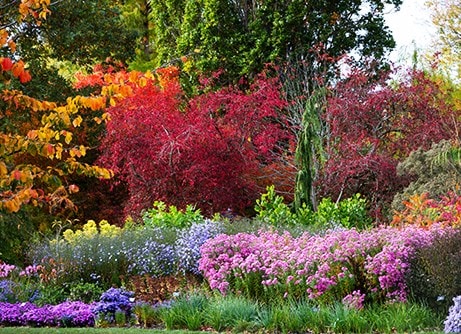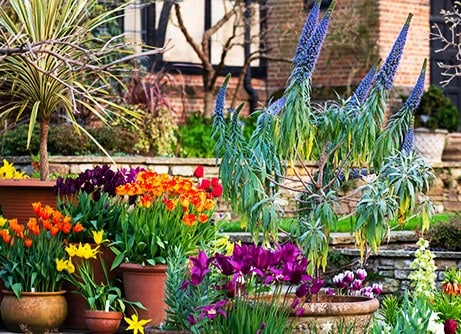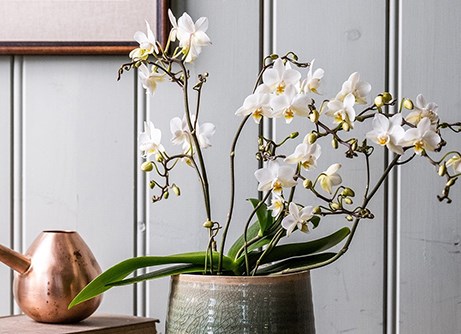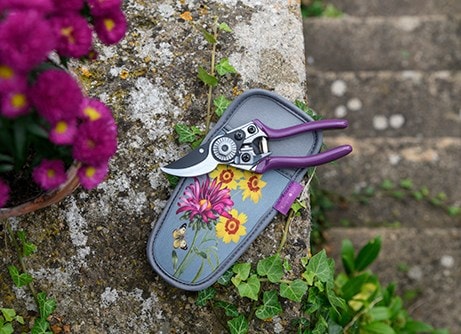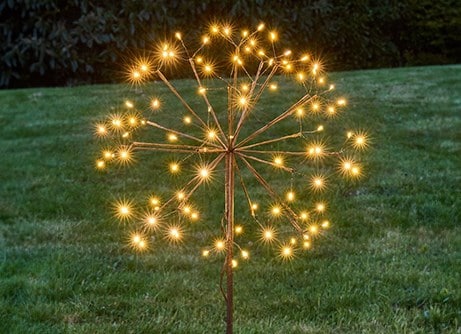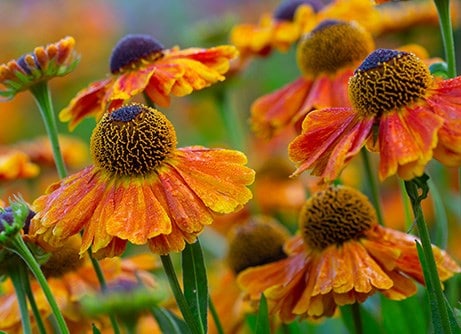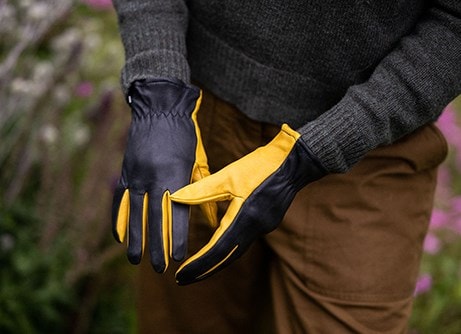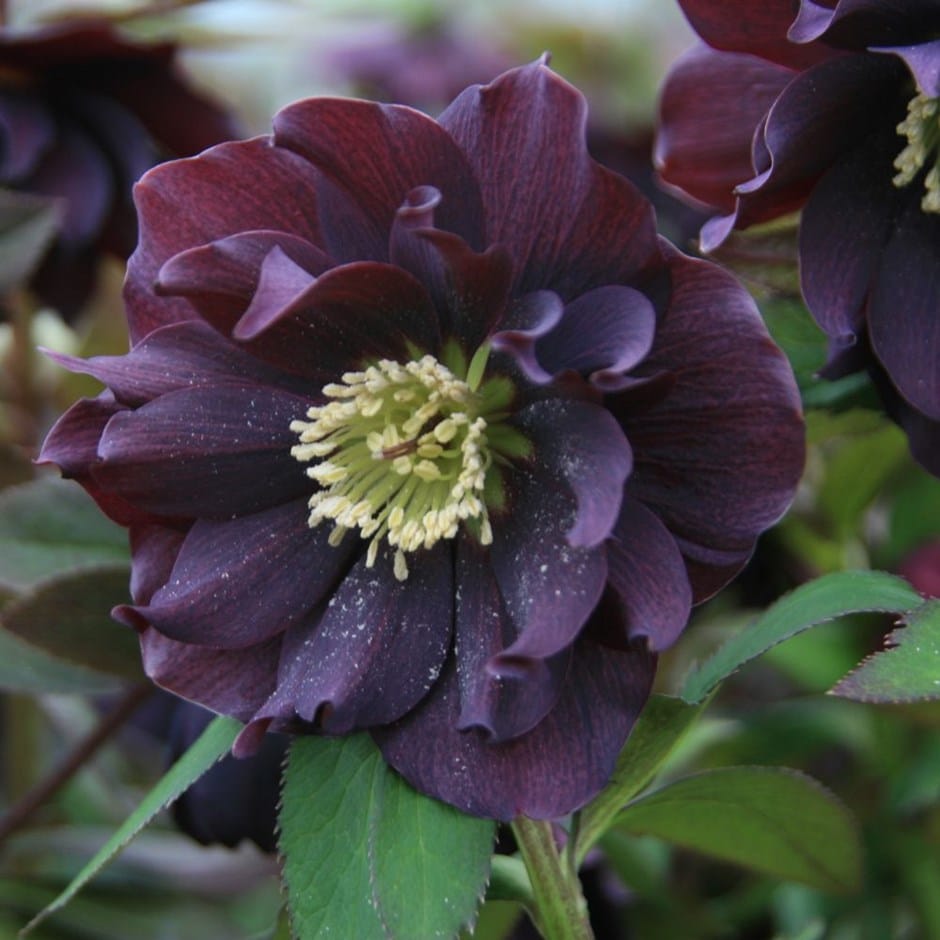Sumptuous and brooding, the gently ruffled flowers of this impressive Lenten rose will add a bit of body to the late winter and early spring border. The flowers are highlighted by the yellow-green eye, but if you want them to really stand out, plant them in front of a light coloured wall - or a shrub that has yellow or silvery foliage.
How to care for Helleborus × hybridus Harvington double purple:
Add lots of well-rotted leaf mould or organic matter to the planting hole. Cut the old leaves back down to the ground in January or February as this will show off the new emerging flowers to best effect. It will also help to get rid of foliar diseases such as Hellebore leaf spot. Apply a generous 5-7cm (2-3in) mulch of well-rotted organic matter around the base of the plant in autumn and provide a top-dressing of general fertiliser each spring. Cut off the seed heads to prevent inferior seedlings colonising.
Flowering period:
- Jan
- Feb
- Mar
- Apr
- May
- Jun
- Jul
- Aug
- Sep
- Oct
- Nov
- Dec
Eventual height:
0.45m
Eventual spread:
0.45m
Soil:
Moderately fertile, moist, well-drained soil
-
 This perennial is semi-evergreen so it can lose some of its leaves in winter. In colder regions or more exposed gardens, it may lose them all, but then fresh new growth appears again in spring.
This perennial is semi-evergreen so it can lose some of its leaves in winter. In colder regions or more exposed gardens, it may lose them all, but then fresh new growth appears again in spring.
-
 Humans/Pets: Harmful if eaten; skin irritant
Humans/Pets: Harmful if eaten; skin irritant


